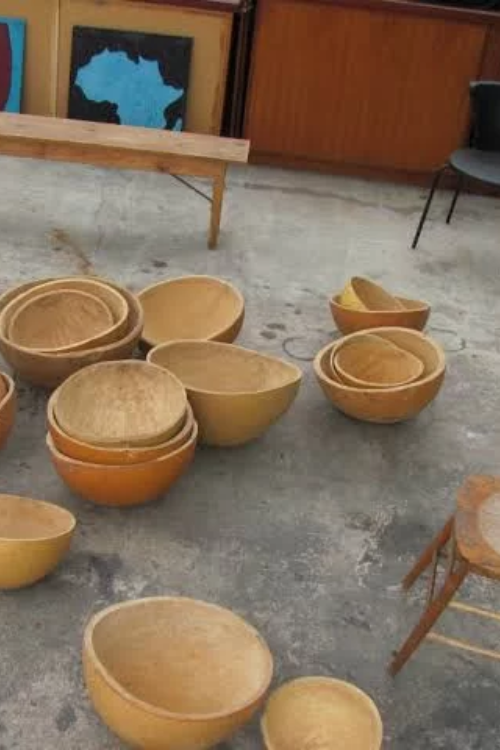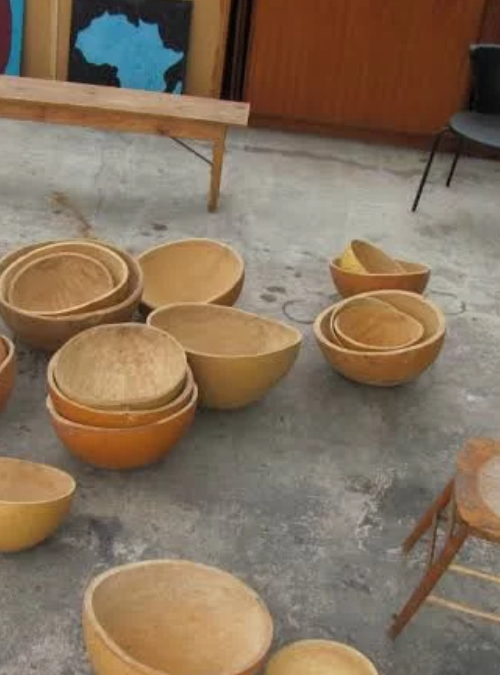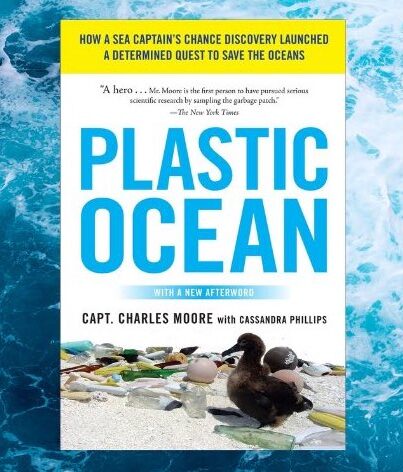

Photo Credit: https://everyevery.ng/calabash-in-nigerian-culture/
By the end of the lesson, students should be able to understand the cultural significance of traditional materials, their sources, and uses for everyday items, learn traditional handicraft techniques, and identify opportunities for replacing single use plastic with reusables made from traditional materials.
Grades 3 and up
Time Needed 3 – 5 hours (adjustable)
Handouts
Traditional Materials and Handicrafts of the Igbo culture in Nigeria – PDF Handout
This lesson was created by environmental justice educator Clinton Ezeigwe, who is based in Nigeria, and is part of the NGSS MS-ESS 3-3 Human Impact – “Plastic Ocean” Standards Alignment Guide.
Purpose and Context
Plastic pollution is a threat to the oceans. However, we can take action to protect the ocean. This action begins at the individual level through commitments to responsibly reduce plastic footprints by adopting pollution prevention strategies that produce less waste in the first place, which is an even better solution than recycling alone. Strategies to address this preventable challenge vary and include the exploration of locally and traditionally sourced materials within localities across the world. This lesson provides a fun way to engage students, educate them on the issue of plastic pollution, and provide them with preventive measures and activities that can be carried out within small spaces as individuals and groups to solve the plastic crisis and save our oceans and ecosystems.
In Igbo culture of Southeastern Nigeria, local natural materials including raffia palm and coconut palm, are used to create a variety of reusable household items such as traditional baskets, mats, shopping bags, brooms, and hand fans. Some regions within a climatic zone of the region are blessed with canewood, timber, or rubber trees. These localities grow these trees from which items like tables and chairs are made. Before being harvested, the trees also act as wind brakes during storms, which is especially helpful with stronger storms induced by climate change.
In the face of single-use plastic abundance, the benefits of traditional, naturally occurring materials are often overlooked. But many also believe that there is much value in the knowledge of these materials, their sources, and uses as healthier and more sustainable alternatives to wasteful single use plastics.
Instructions
Prepare
Conduct research on the region you currently live and teach in. Find out: how have people native to the region used local plants and other resources to make household items. How do (did) those resources and practices exemplify the peoples’ connection to the land and nature.
Collect age-appropriate articles, first person accounts, stories, links, images, to use with your students.
In class
Stage 1: Introduction
The teacher begins the lesson by asking students probing questions to arouse their interest.
For example: “From what materials do you get your sweeping brooms, shopping bags, mats and baskets?”
“What kinds of plants do you know of that people have used for making goods?”
The teacher then introduces the plastic pollution problem and its impact on the environment. Use images of plastic litter on the school campus, in the local community if possible. Ask students to reflect on the images. “Where does this litter go?” “How does it get there?” “How does it impact the local wildlife?” “How does it impact our school/community?”
Ask the students “Has our community always had plastic litter?” “What do you think our community would be like / look like without plastic?”
Stage 2: Research
Introduce traditional materials and handicrafts as a means for reducing plastic waste.
Provide students with a definition of traditional materials: Traditional materials are indigenous natural and human-made features of a particular locality.
Pair students into groups for discussion and brainstorming of traditional materials, their sources, and uses by cultures indigenous to your area.
Provide students with articles, links, stories, images, or props that you’ve gathered in your preparatory research, about local traditional materials and handicrafts. Or instruct students to conduct their own research.
Instruct groups to identify 2-3 traditional hand crafts produced, or previously produced, in your region using locally found plants and other natural materials. Students should also identify which locally found plants, animals, minerals were sourced and how they were cultivated or harvested or used for production of those hand crafts. Students should research the cultural relevance of those natural materials to the people using them, answering these questions: How has the significance changed over time? Are those handicrafts still practiced? How are these practices relevant in current times?
As an example, see the handout on traditional materials and handicrafts of the Igbo people in Nigeria, and this video demonstrating how traditional baskets are made from locally harvested raffia palm.
Stage 3: Learning a handicraft
Choose a traditional handicraft specific to your area for students to learn in class. Consider reaching out to a local artisan, or finding a video to learn about how the handcraft is practiced. If you are learning about a handcraft specific to a culture that is not yours/your students, make sure to be respectful to the people and culture you are learning about. Make sure to ask permission to engage with and learn from any person or group you reach out to.
See the handout about traditional basket or mat weaving using coconut palm fronds, from Igbo culture.
Students practice making their own reusable items using traditional local materials (or similar natural material alternatives).
Stage 4: Presentation and Sharing
Instruct student groups to summarize their research on local materials, sources, uses, and traditional handicrafts specific to the region, through a presentation, poster display, video, or other format.
Encourage students to share their new knowledge with friends, family, or their community.
Evaluation:
The teacher evaluates students as follows
- Understanding of what are traditional materials and what are natural material alternatives to single use plastics?
- Identify the traditional natural materials and their sources within the locality.
- With the aid of examples, illustrate the process of creating a traditional handicraft specific to the region.
Conclusion:
Facilitate a discussion among your students about how their perspective on single use plastics and traditional materials and handicrafts have changed since the beginning of the lesson. Ask: “Do you think that the traditional materials and handicrafts we learned about can have a big impact on reducing plastic pollution in our community? Why or why not?” “How can we encourage or reinspire the use of traditional materials and handicrafts in our communities?”
Tips and Suggestions
Remember to encourage yourself and your students to practice respect, critical thinking, reflection, communication, and open-mindedness through this process.
Use this website to identify the indigenous peoples native to the region your school is located in: https://native-land.ca/
Associated Standards
Next Generation Science Standards
5-ESS 3-1 Obtain and combine information about ways individual communities use science ideas to protect the Earth’s resources and environment.
MS-ESS 3-3 Apply scientific principles to design a method for monitoring and minimizing a human impact on the environment.
MS-ESS 3-4 Construct an argument supported by evidence for how increases in human population and per-capita consumption of natural resources impact Earth’s systems.
Did you use this lesson?
Help us track our reach
Related Resources
Lesson: Synthetic or Natural?
Contemplate the difference between synthetic and natural materials that make up common items in the classroom.
Grades 5 and up
30 to 60 minutes
Lesson: The Problem with Plastics
Brainstorm and discuss the benefits and consequences of plastic.
Grades 4 and up
30 minutes
Lesson: Campus Cleanup
Collect and sort trash found at school to help develop a solution for decreasing trash on campus.
Co-created with educator Ashley Contreras
Grades 4 and up
1-2 hours
Standards Alignment Guide: NGSS MS-ESS 3-3 Human Impact - "Plastic Ocean"
This guide will outline our suggestions for how to use a few of our resources to teach about the following Next Generation Science Standards (NGSS) Performance Expectation: MS-ESS 3-3 Apply scientific principles to design a method for monitoring and minimizing a human impact on the environment.
Grades 6 to 8
Variable Timing








